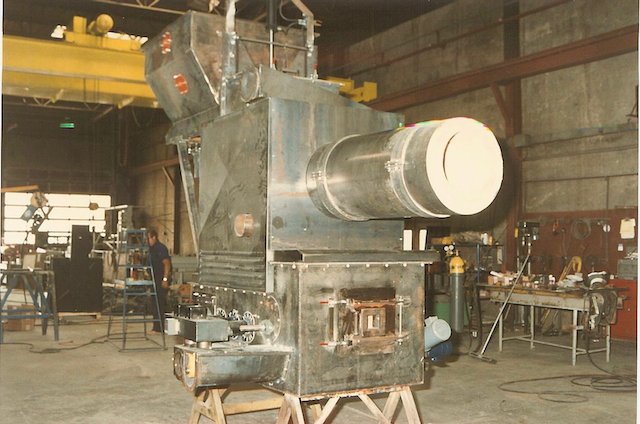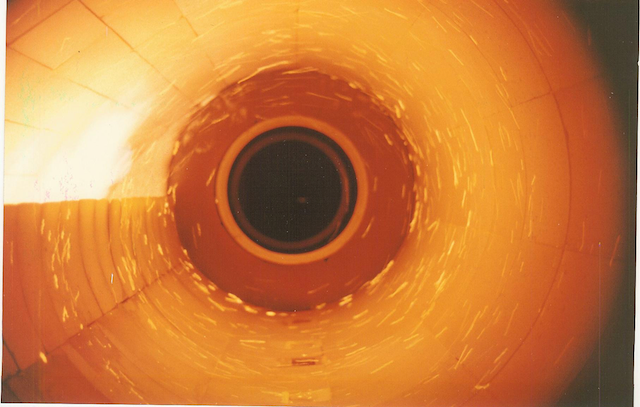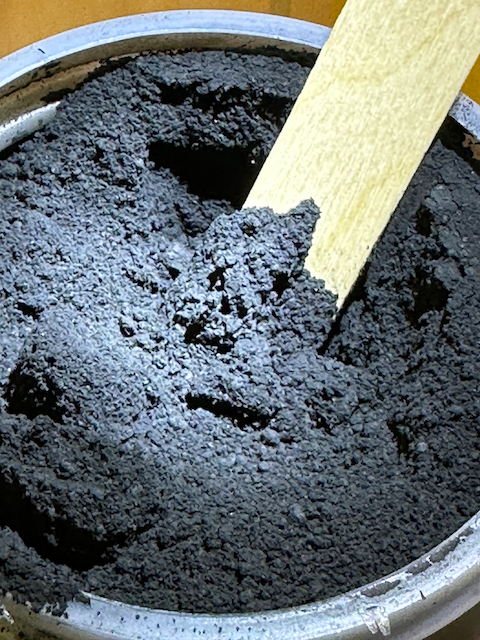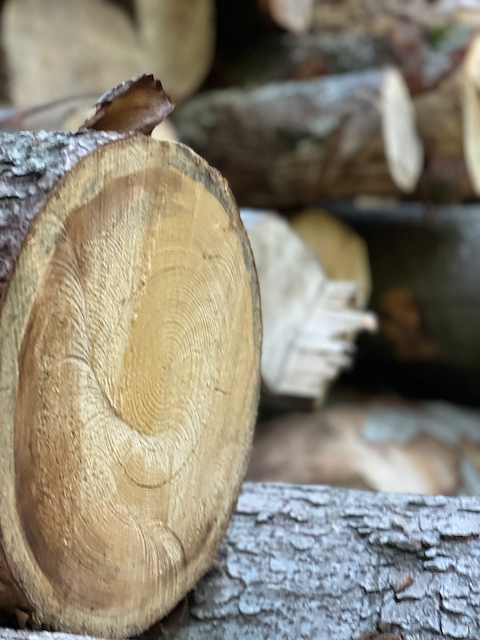|
|
|
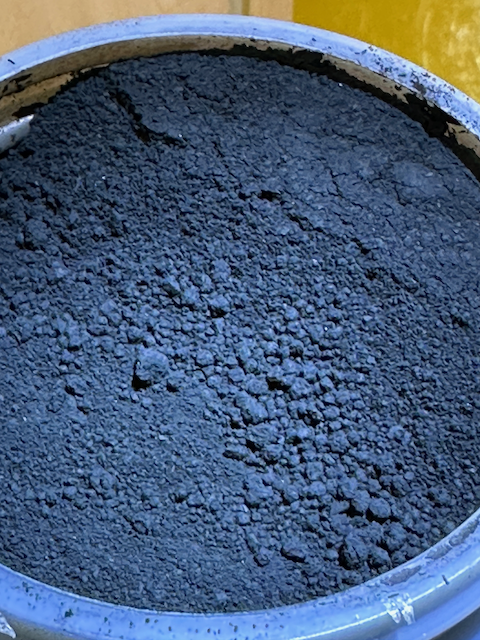
|
References
Zhang, X., Qi, X., Yang, H., Guo, H., & Dai, L. (2019). Hard Carbon Derived from Wood Waste as a High-Performance Anode Material for Sodium-Ion Batteries. ACS Sustainable Chemistry & Engineering, 7(9), 8828-8835. doi: 10.1021/acssuschemeng.9b00420Cheng, L., Ma, Y., Zhang, H., & Zhang, L. (2020). Preparation and Electrochemical Performance of Graphite Anode Materials from Wood Waste. ACS Omega, 5(37), 23698-23705. doi: 10.1021/acsomega.0c03070Kumar, P., Kumar, M., & Sharma, Y. C. (2021). Solid Residue from Gasification of Biomass: A Review on Its Conversion to Value-Added Products. Waste and Biomass Valorization, 12, 4383-4401. doi: 10.1007/s12649-020-01189-9Tao, J., Zhou, Y., Wang, Z., Li, Y., & Song, H. (2022). A Review of Hard Carbon Materials for Lithium-Ion Batteries: Synthesis, Characterization, and Applications. Journal of Materials Science & Technology, 125, 115-129. doi: 10.1016/j.jmst.2021.09.050Lu, L., Wang, X., Li, J., & Zhang, H. (2021). Graphite Anodes for Lithium-Ion Batteries: A Review of Recent Progress and Future Perspectives. Advanced Materials, 33(28), e2007457. doi: 10.1002/adma.202007457Jiang, X., Yang, Z., Liu, Z., Yang, C., & Qiao, Y. (2018). Biomass-Derived Hard Carbons with Hierarchical Porous Structures for High-Performance Sodium Ion Batteries. Journal of Power Sources, 401, 17-23. doi: 10.1016/j.jpowsour.2018.08.016Wang, L., Chen, S., Wang, X., Xu, B., & Gao, X. (2020). Synthesis of Hard Carbon Anodes from Waste Biomass and Their Electrochemical Performance in Lithium Ion Batteries. Journal of Energy Chemistry, 42, 77-84. doi: 10.1016/j.jechem.2019.10.008Liu, Y., Li, X., & Wang, Y. (2021). Sustainable Preparation of Hard Carbon from Biomass for High-Performance Sodium-Ion Batteries. ACS Sustainable Chemistry & Engineering, 9(17), 6002-6010. doi: 10.1021/acssuschemeng.0c08949Kim, S., Kim, H., Jeon, S., & Choi, J. (2021). High Performance Graphite Anode Materials Derived from Lignocellulosic Biomass. ACS Applied Energy Materials, 4(7), 6741-6750. doi: 10.1021/acsaem.1c00811Chen, S., Zhang, J., Wang, X., Xu, B., & Gao, X. (2019). Facile Synthesis of Graphite Anodes from Pine Sawdust for Lithium Ion Batteries. ACS Sustainable Chemistry & Engineering, 7(16), 13944-13951. doi: 10.1021/acssuschemeng.9b02737
|
